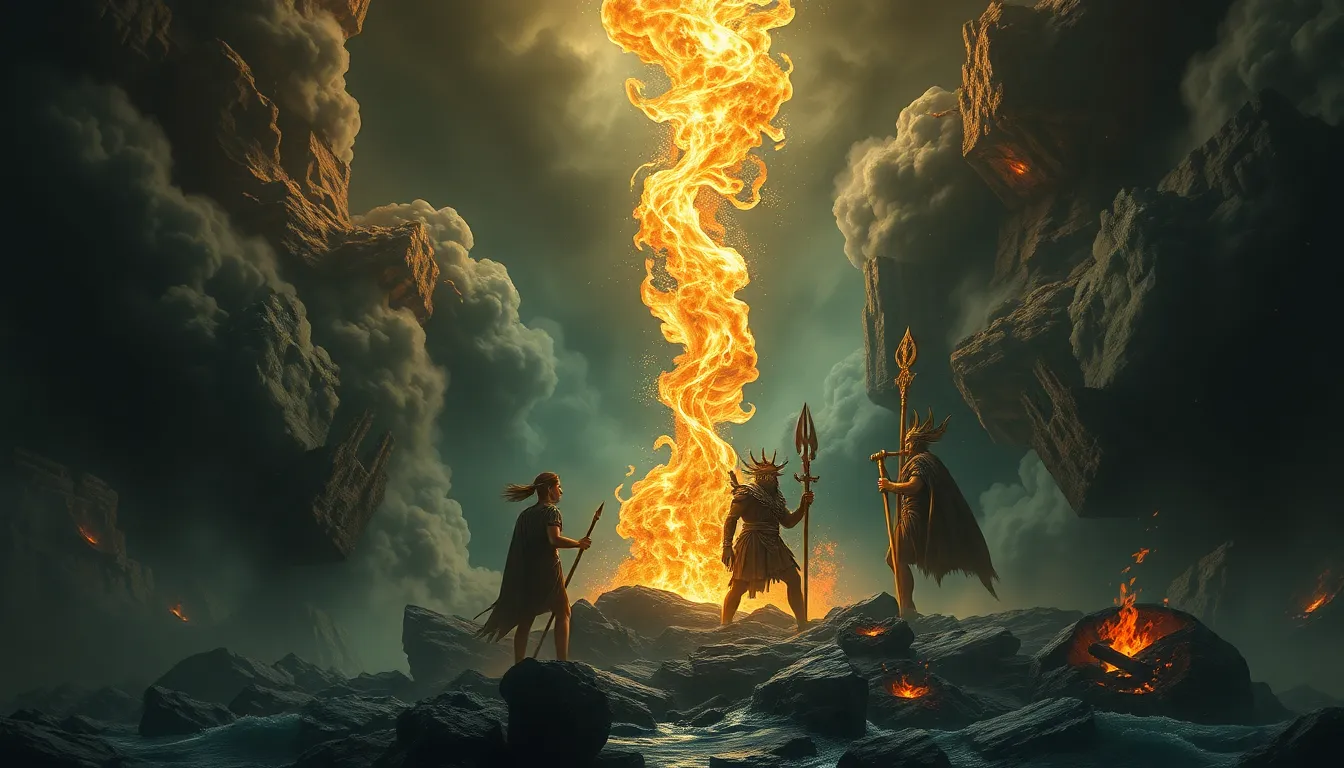1. Introduction: A Glimpse into the Mayan Underworld
The lush rainforests of the Yucatan Peninsula hold a secret: a network of natural wonders known as cenotes. These deep, water-filled sinkholes are not only geological marvels, but also hold profound cultural significance in Mayan mythology. Considered sacred portals to the underworld, known as Xibalba, cenotes were the sites of rituals, offerings, and sacrifices.
2. Cenotes: More Than Just Waterholes
2.1. Geological Formation and Significance
Cenotes are formed by the collapse of limestone bedrock, exposing the water table below. Over millennia, rain and erosion have carved intricate caves and tunnels within these sinkholes, creating stunning subterranean landscapes. The ancient Mayans, with their deep connection to nature, recognized the unique qualities of these water sources, not only for their practical value but also for their spiritual significance.
2.2. Cenotes as Portals to the Underworld
In Mayan mythology, cenotes were believed to be gateways to Xibalba, the dark and dangerous underworld ruled by the death gods. The myth of the Hero Twins, Hunahpu and Xbalanque, narrates their descent into Xibalba through a cenote, facing trials and overcoming challenges to restore balance to the world. This myth highlights the importance of cenotes as liminal spaces, connecting the physical world to the realm of the dead.
6. Exploring the Cenotes: A Journey into the Mayan World
6.1. Popular Cenotes for Exploration
Tourists from all over the world visit the Yucatan Peninsula to witness the majesty of its cenotes. Some of the most popular cenotes for exploration include:
Gran Cenote: Located near Tulum, this cenote boasts a stunning cavern with stalactites and stalagmites, as well as diverse marine life.
Cenote Dos Ojos: Translated as "Two Eyes," this cenote consists of two interconnected cenotes, offering opportunities for snorkeling and diving.
Ik Kil Cenote: This picturesque cenote is surrounded by lush vegetation, creating a breathtaking natural amphitheater.
Suytun Cenote: Known for its unique dome-shaped ceiling and ethereal light filtering through the opening, Suytun offers a magical swimming experience.
Cenote Eden: This family-friendly cenote features shallow waters and a platform for jumping, making it a perfect spot for relaxation and recreation.
6.2. Responsible Tourism and Environmental Awareness
While exploring the cenotes, it is crucial to prioritize responsible tourism and environmental awareness. Avoid using harsh chemicals or sunscreens that can harm the delicate ecosystem. Follow designated paths and avoid disturbing the natural formations. Respect the cultural significance of the cenotes and refrain from leaving any litter or debris.
7. The Enduring Legacy of the Cenotes
7.1. The Cenotes in Modern Mayan Culture
The cenotes continue to hold deep significance in modern Mayan communities. Traditional ceremonies and offerings are still performed at these sacred sites, reflecting the enduring connection between the Mayan people and their natural environment.
7.2. Archaeological and Scientific Discoveries
Archaeological excavations at cenotes have unearthed invaluable artifacts and skeletal remains, providing insights into Mayan rituals and burial practices. Scientific studies have shed light on the unique geological formations and the role of cenotes in shaping the biodiversity of the Yucatan Peninsula.
7.3. The Cenotes as a Symbol of Resilience
The cenotes stand as a testament to the resilience of the Mayan culture and their harmonious relationship with nature. They serve as a reminder of the profound connection between mythology, the environment, and human existence.
8. Conclusion: A Reflection on the Power of Water and Myth
The cenotes of the Yucatan Peninsula offer a unique glimpse into the depths of Mayan mythology and the power of water in shaping human civilizations. They are not only natural wonders but also sacred spaces that connect the physical and spiritual realms. As we continue to explore and appreciate these remarkable sites, let us remember the rich cultural heritage they represent and the importance of preserving them for future generations.
9. References and Further Reading
- National Geographic: Diving into the Mystical World of Mexico's Cenotes
- Yucatan Today: The Sacred Cenotes of the Maya
- The Guardian: The Cenotes of Mexico: A Journey into the Mayan Underworld
- Mayan Mythology: The Sacred Cenotes
10. Appendix: Glossary of Mayan Terms
- Cenote: A natural sinkhole filled with water, considered sacred in Mayan mythology.
- Xibalba: The Mayan underworld, a dark and dangerous realm ruled by the death gods.
- Hunahpu and Xbalanque: The Hero Twins in Mayan mythology, who descended into Xibalba through a cenote.
- Yucatan Peninsula: A large peninsula in southeastern Mexico, home to numerous cenotes.
- Stalactites and Stalagmites: Formations of calcium carbonate that hang from the ceiling and rise from the floor of caves, respectively.



